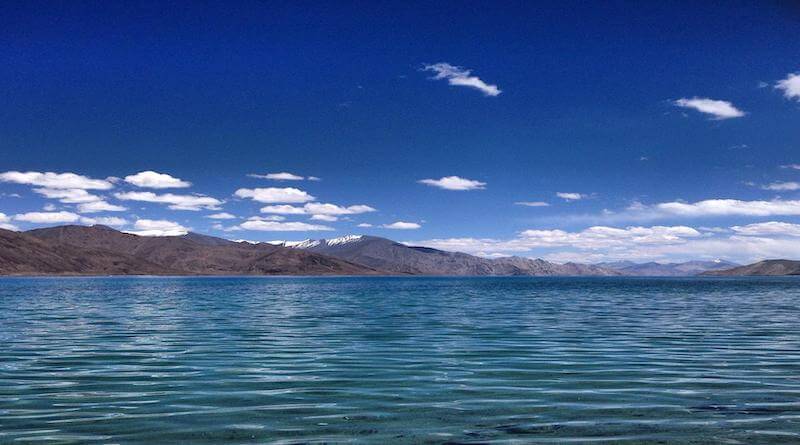‘Illegal occupation of our territory,’ India says as China constructs second bridge across Pangong Lake

DHARAMSALA, 21 May: Amid reports of a second bridge being constructed across Pangong Lake by China, India has said that it is an “illegal occupation of our territory.”
“Both these bridges are in areas that have continued to be under illegal occupation of China since the 1960s. We’ve never accepted such illegal occupation of our territory, nor have we accepted the unjustified Chinese claim or such construction activities,” India’s Ministry of External Affairs official spokesperson has said responding to the reports of a second bridge being constructed across Pangong Lake by China.
“We have made it clear on several occasions that the Union Territories of Jammu & Kashmir and Ladakh are an integral part of India and we expect other countries to respect India’s sovereignty and territorial integrity,” Shri Arindam Bagchi has said in an official statement.
He has further said that to ensure India’s security interests are fully protected, “Government has stepped up development of border infrastructure, especially since 2014, including the construction of roads, bridges, etc.”
“Government remains committed to the objective of creating infrastructure along the border areas to not only meet India’s strategic and security requirements but also facilitate the economic developments of these areas. And of course, Government keeps a constant watch on all developments that have a bearing on India’s security and takes all necessary measures to safeguard its sovereignty and territorial integrity,” he concluded.
While the second bridge is being built by China, it is reported that China recently completed the construction of the first bridge in the area.
China reportedly controls two-thirds of the 134-km-long Pangong Tso(Lake), which extends from Tibet to Ladakh. In August 2017 a face-off took place between two patrolling parties along the disputed ‘Finger-5 to Finger-8’ area on the north bank of Pangong Tso in which several hundred soldiers were seen using stones and rods to hit out at each other when soldiers from India and China were already engaged in an explosive confrontation in Bhutan’s Doklam near the Sikkim-Bhutan-Tibet tri-junction.






